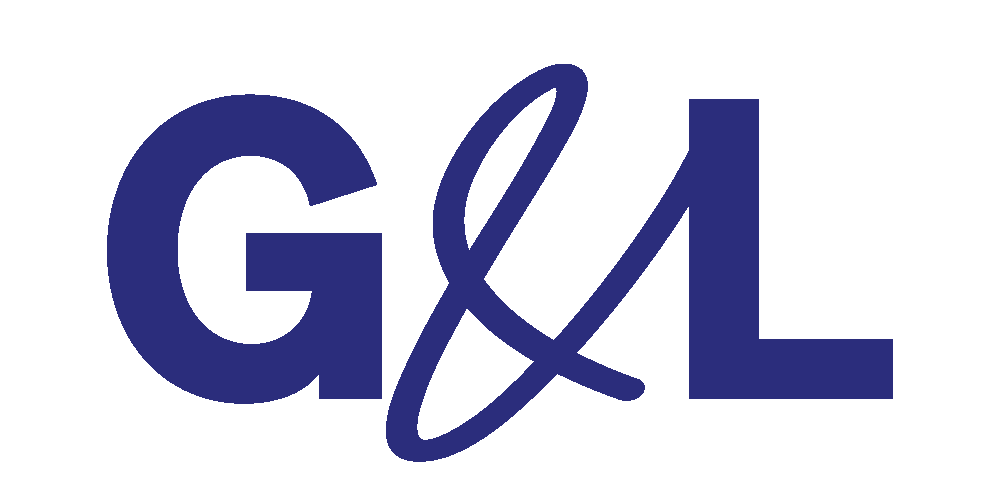Arbeiten ohne Brüche
UNOY verbindet Ihre Unternehmenssoftware, Ihr Dokumentenmanagement und Microsoft-Tools zu einem durchgängigen Workflow. COIA orchestriert, Work Agents liefern.
Der Workspace, in dem Menschen und KI-Agenten Seite an Seite arbeiten – und wir Ihr Partner sind, diesen Wandel erfolgreich zu gestalten.


















Nicht das nächste Tool. Sondern dein Betriebssystem für Deine gemeinsame Arbeit mit KI Agenten.
COIA – CO Intelligence Assistent – koordiniert spezialisierte Work Agents, nutzt dein Wissen aus den Brain-Systemen und bringt Aufgaben vom Start bis zum Ergebnis. Schnell. Präzise. Skalierbar.



UNOY® ist mehr als Software.
Es ist die Verbindung aus Intelligenz, Zusammenarbeit und Ergebnissen. Damit du dich auf das konzentrieren kannst, was wirklich zählt.

COIA kennt dein Ziel, koordiniert Work Agents, ruft die richtigen Daten ab, überprüft Ergebnisse – und hält den Arbeitsfluss stabil, auch wenn sich Rahmenbedingungen ändern.

Datenmanagement-Agents
Kunden-, Dokumentmanagement, Rechnungswesen, Analyse
Workflow-Agents
Automatisierungen und Aufgaben und Projektmanagement, Sales- und Marketing
Kommunikations-Agents
CRM, E-Mail, Kalender Termine
Finanz-Agents
Rechnungswesen und Buchhaltung

Short Brain
Weiß, woran du gerade arbeitest. COIA erkennt deinen aktuellen Kontext und reagiert sofort.

Mid Brain
Behält dein Projektwissen im Blick. COIA führt Vorgänge nahtlos weiter und weiß, wo ihr gestern aufgehört habt.

Long Brain
Trägt die Geschichte deines Unternehmens in sich. COIA kennt deine Daten, Strategien und Richtlinien – und baut jedes Ergebnis darauf auf.

UNOY verbindet Ihre Unternehmenssoftware, Ihr Dokumentenmanagement und Microsoft-Tools zu einem durchgängigen Workflow. COIA orchestriert, Work Agents liefern.
API-Anbindungen
zu MS Office, Google Workspace, E-Mail, Drittsystemen
Externe Systeme
ERP ↔ CRM, HR ↔ Payroll
Datenimport & Export
Excel, CSV, XML, IMP
KI verspricht Produktivität. UNOY liefert sie. Mit UNOY beginnt Arbeit bei den Zielen, nicht bei den Tools. Sie nennen das Ziel. COIA plant. Work Agents handeln. Sie entscheiden.
Agents liefern Ergebnisse – nicht nur einzelne Arbeitsschritte.
Von der Idee bis zum Dokument – Routine läuft automatisch, Komplexes wird entscheidungsreif vorbereitet.
Transparenz, Sicherheit und Audit Trails – von Anfang an.
Das Ergebnis: Produktivität ohne Umwege. Arbeit, die fließt. Ergebnisse, die zählen.
%20(1).png)
Mehr Zeit für Mandanten. Weniger Zeit für Verwaltung.
Typische Anwendungsfälle:






DSGVO-konform
Zertifizierte Rechenzentren
Rollenbasierte Zugriffe
Ende-zu-Ende verschlüsselt
Bringen Sie Intelligenz in jeden Arbeitsschritt – erleben Sie UNOY in Aktion.